Art World
Working on Your Quarantine #BeardGoals? Here’s Some Masterful Facial Hair From Art History to Inspire You
From Ingres's Jupiter to Michelangelo's Moses, these beards are of truly mythical proportions!
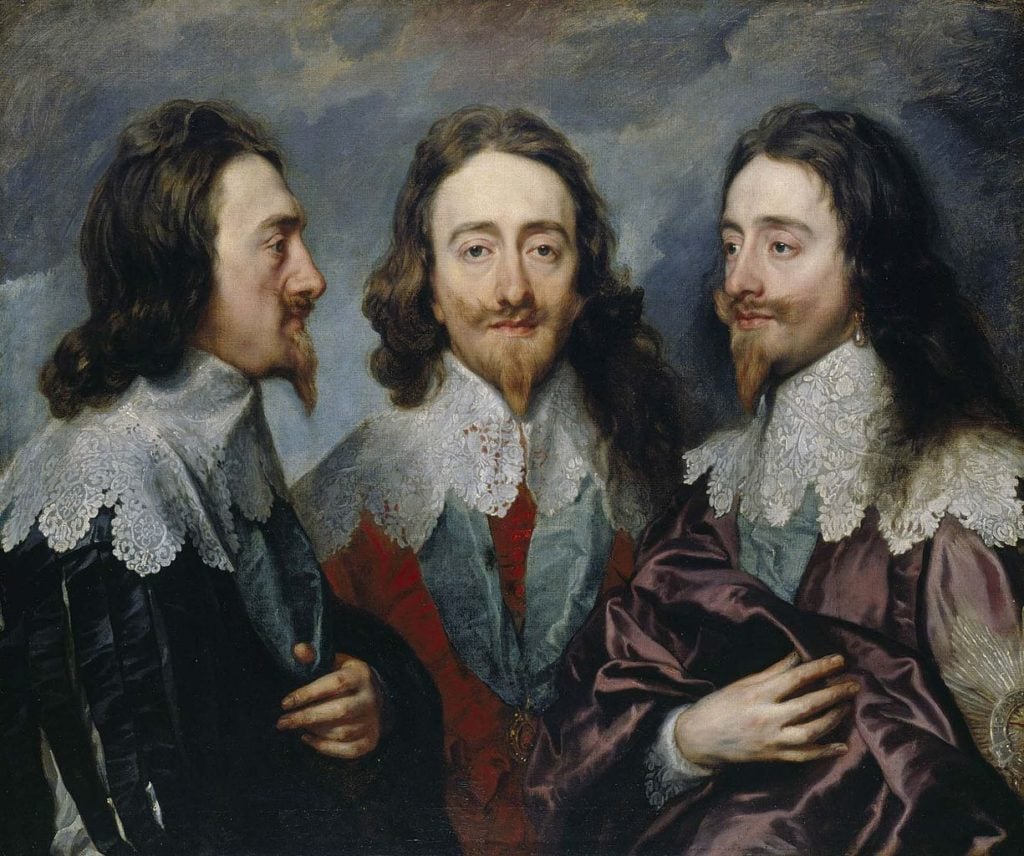
From Ingres's Jupiter to Michelangelo's Moses, these beards are of truly mythical proportions!

Nan Stewert

Something strange is afoot—or rather, a-face.
You man have gotten a glimpse of one via Zoom. Maybe you are living with one. Or maybe you yourself are cultivating one. We speak, of course, of a “quarantine beard.” Unable to visit the barber shop, and unable—or not disposed—to shave their face, the nation’s gents have taken a turn for the hirsute.
The trend is anything but fringe. Speaking to Wired earlier this month, Christopher Oldstone-Moore, author of Of Beard and Men: The Revealing History of Facial Hair said one impetus could be psychological. “It can be a sort of declaration of fortitude and heartiness,” he told the magazine. “It’s a way of saying, ‘I’m tough. I can withstand adversity.’”
Whatever the reason, we’ve taken inspiration from the some beard-spiration from art history, from Hatchepsut’s false facial hair to the flowing tresses of Michelangelo’s Moses.
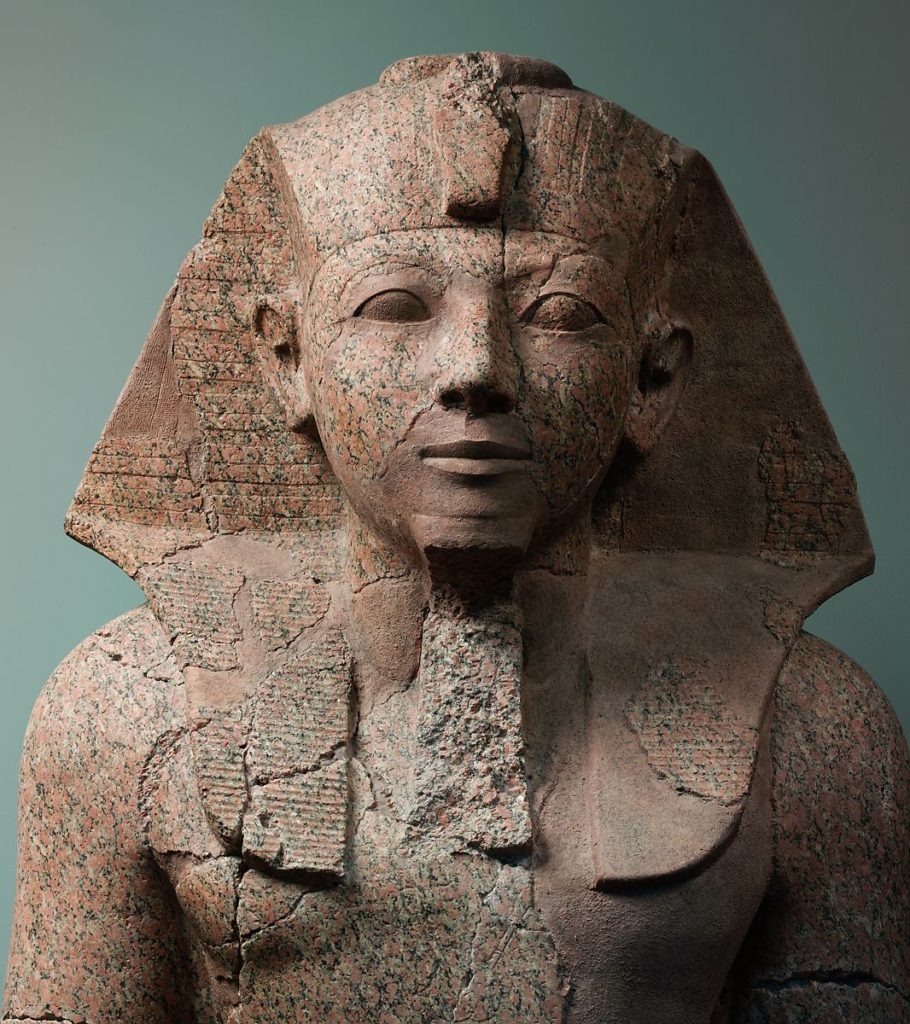
Large Kneeling Statue of Hatshepsut (ca. ca. 1479–1458 B.C.). Courtesy of the Metropolitan Museum of Art.
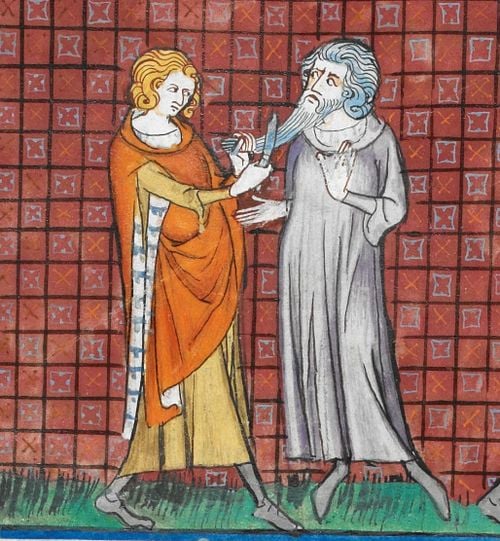
Detail of a miniature of Dagobert cutting his tutor’s beard, from the Grandes Chroniques de France (1332-1350).
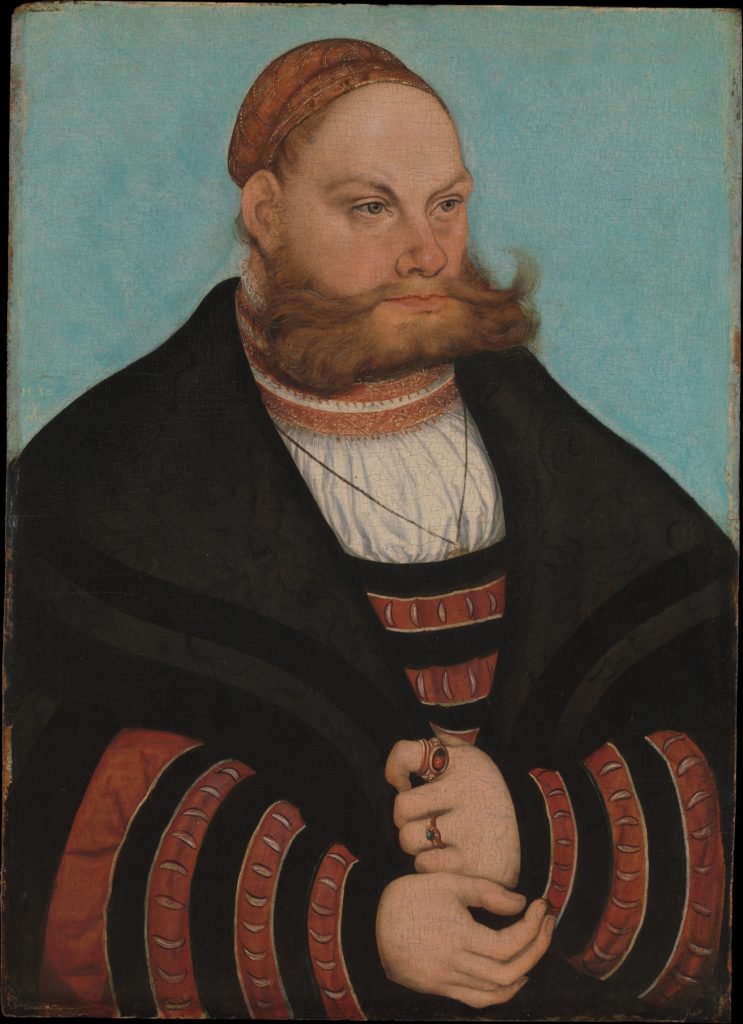
Lucas Cranach the Elder, Lukas Spielhausen (1532). Courtesy of the Metropolitan Museum of Art.

Angelo Bronzino, Bartolomeo Panciatichi (ca. 1540). Courtesy Wikimedia Commons.
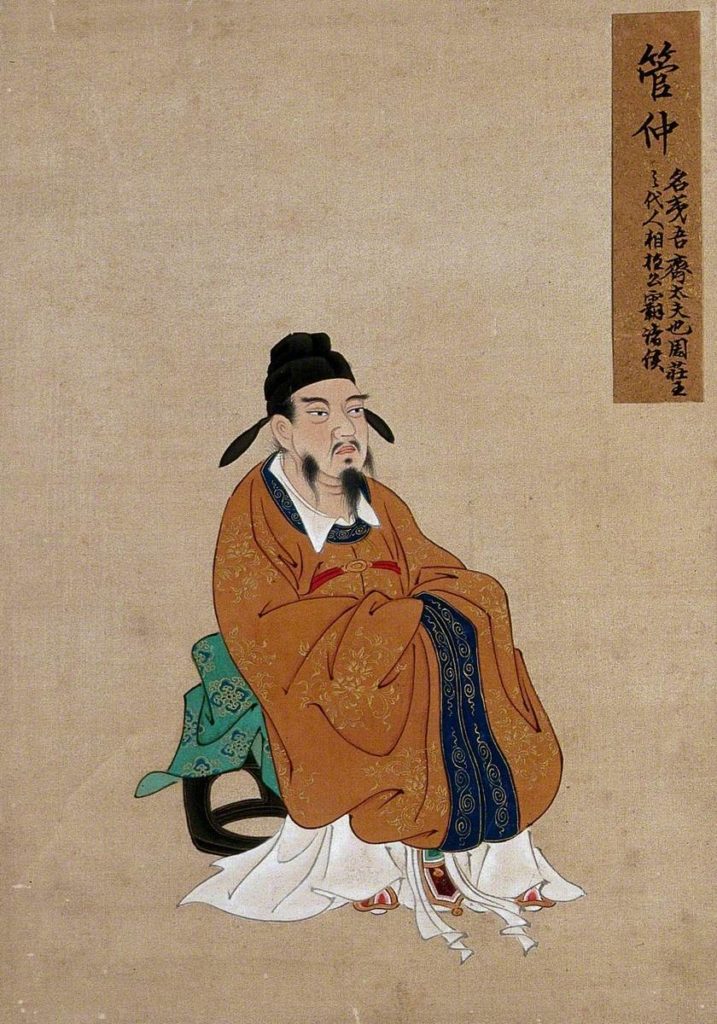
A Chinese Seated Figure with Grey Beard and Black Hat. Courtesy of the Wellcome Collection.
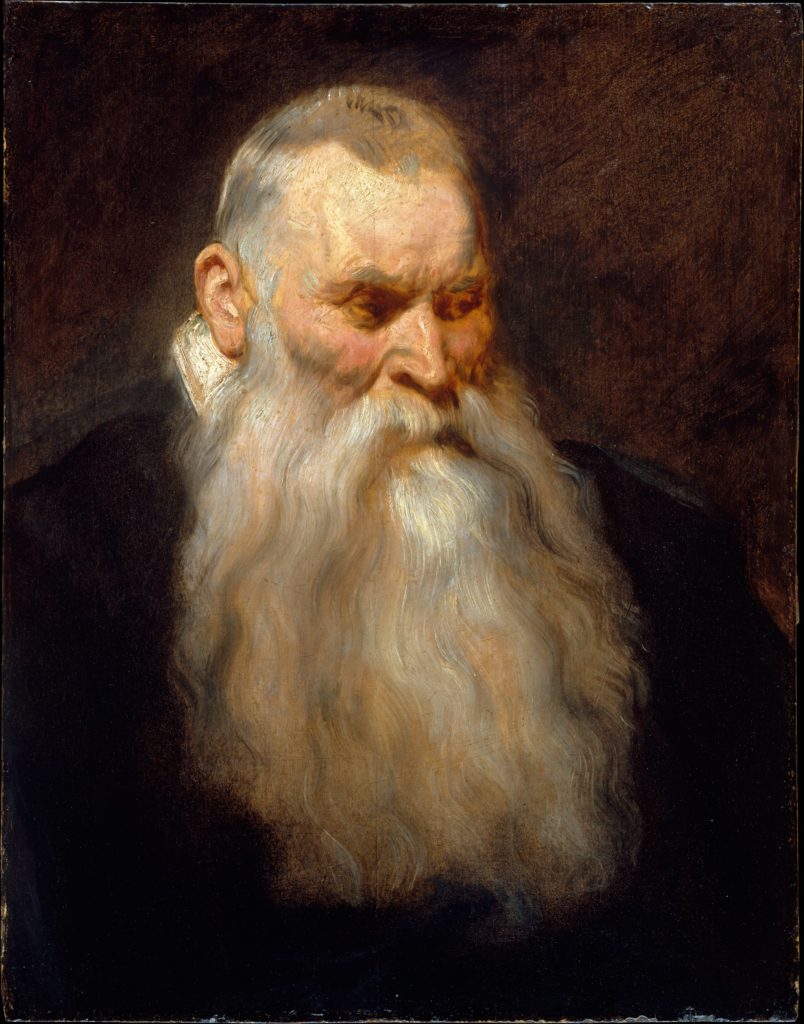
Anthony van Dyck, Study Head of an Old Man with a White Beard (ca. 1617-1620). Courtesy of the Metropolitan Museum of Art.
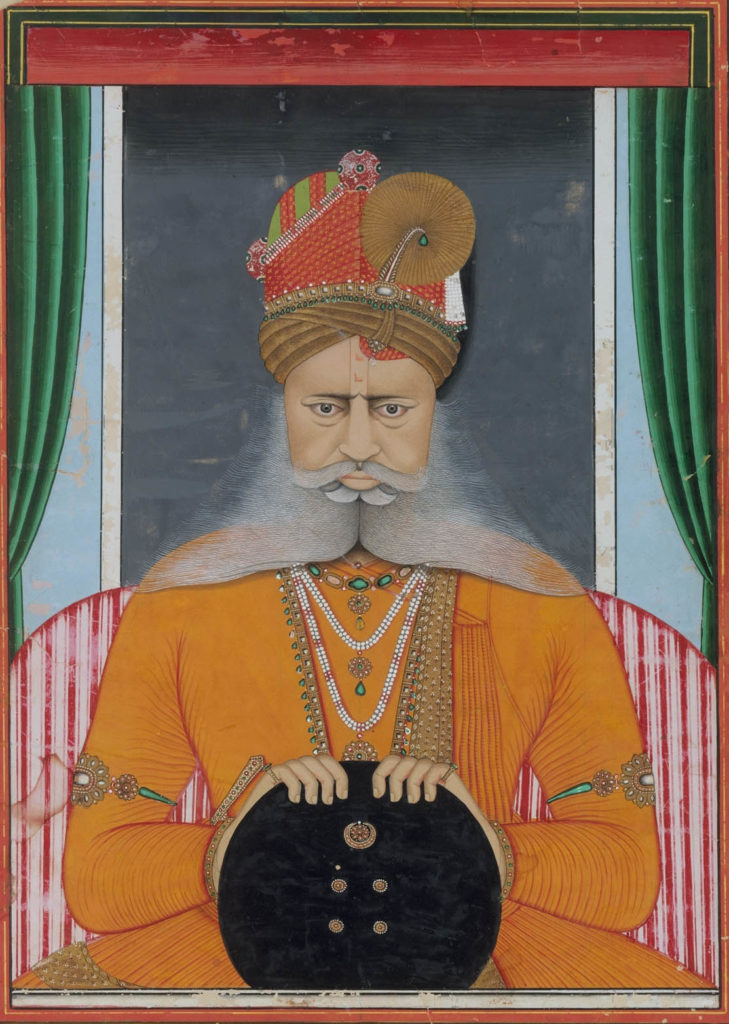
Chotu, Maharaja Sardar Singh of Bikaner (ca. 1860–70). Courtesy of the Metropolitan Museum of Art.
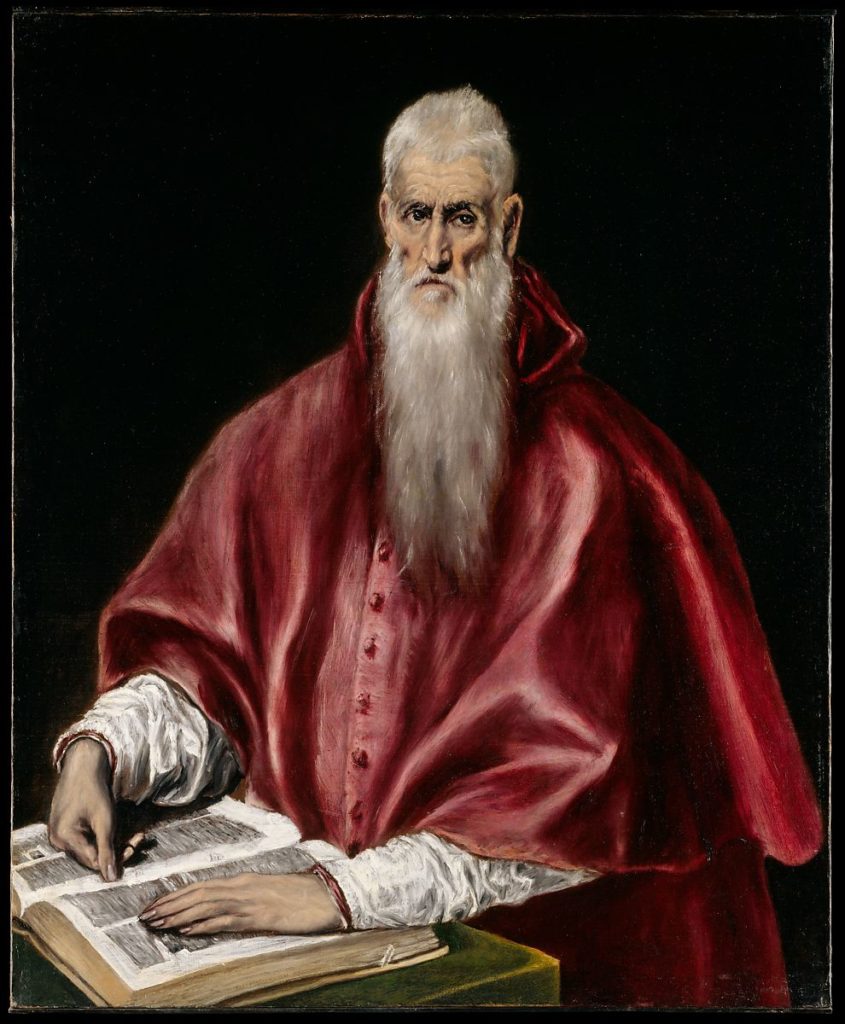
El Greco, Saint Jerome as Scholar (ca. 1610). Image courtesy Metropolitan Museum of Art.

Jean Auguste Dominique Ingres, Jupiter and Thetis (1811). Courtesy Wikimedia Commons.
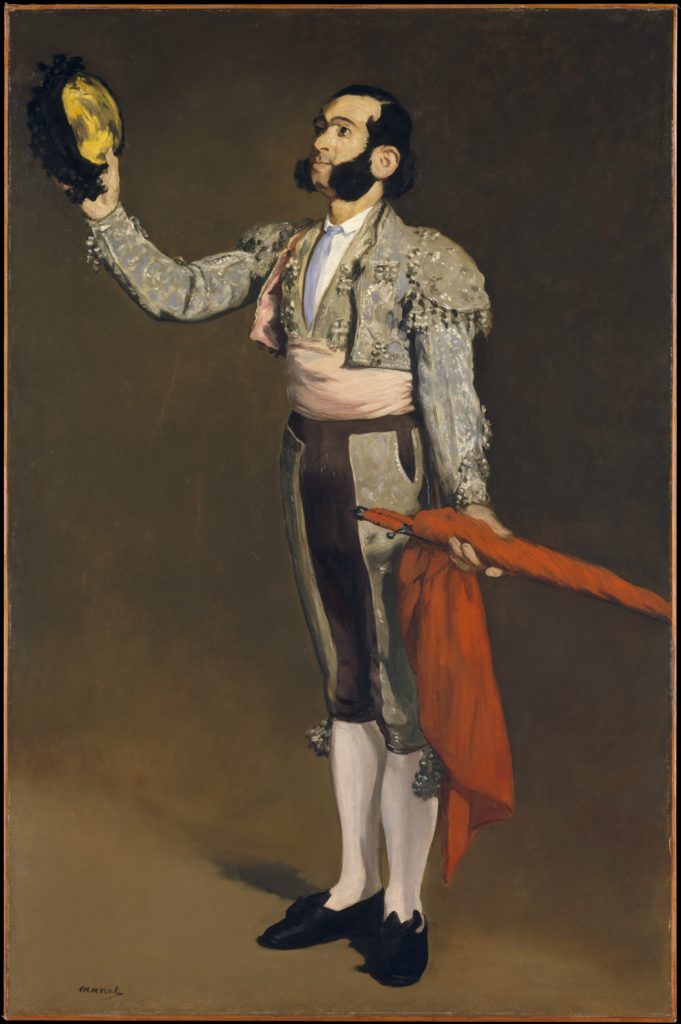
Edouard Manet, A Matador (1866-67). Courtesy of the Metropolitan Museum of Art.
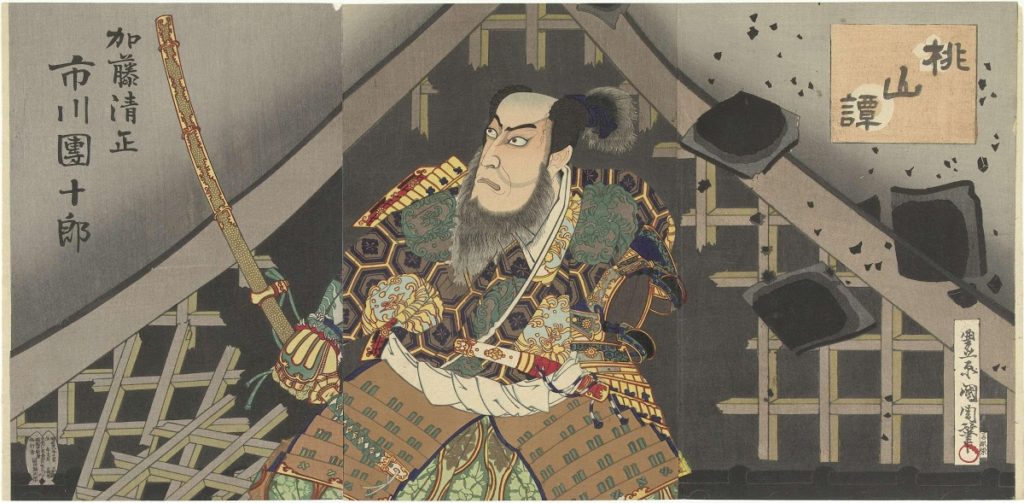
Toyohara Kunichika, Ichikawa Danjuro as Kato Kiyomasa (1895). Image courtesy Rijksmuseum.
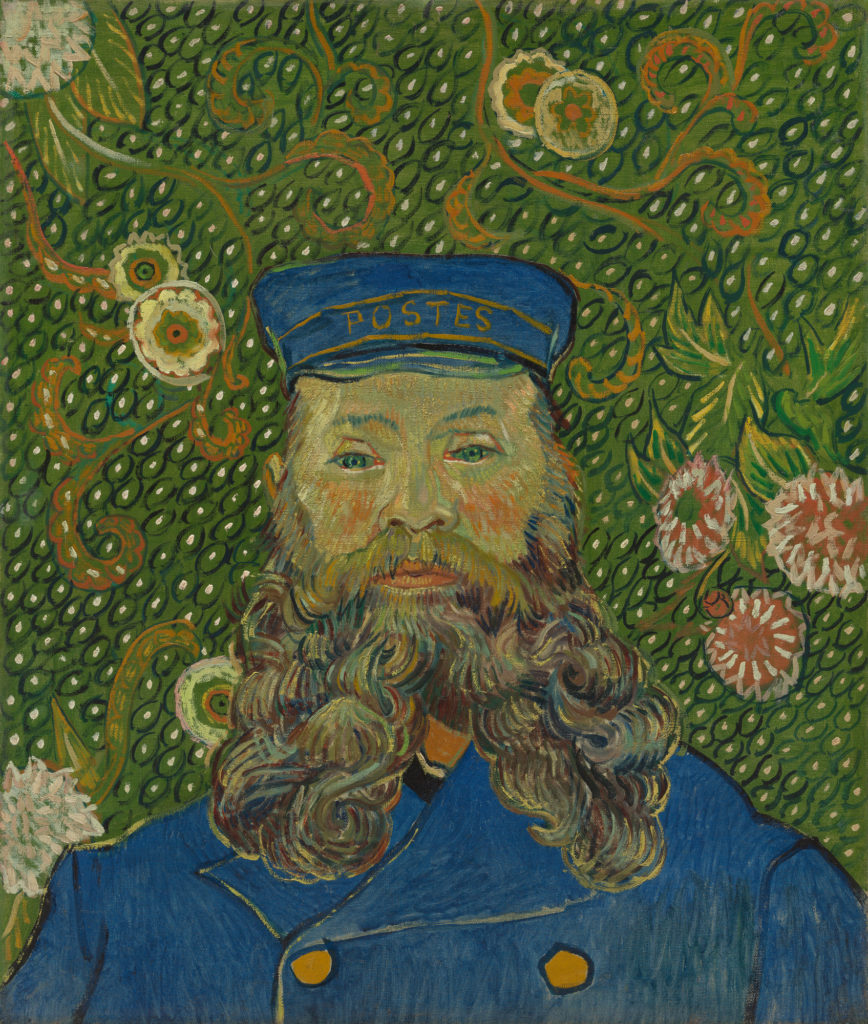
Vincent van Gogh, Portrait of Joseph Roulin, Arles (1889). Courtesy of MoMA.

Michelangelo’s Moses (1505-1545) for Julius II, San Pietro in Vincoli. Courtesy Wikimedia Commons.